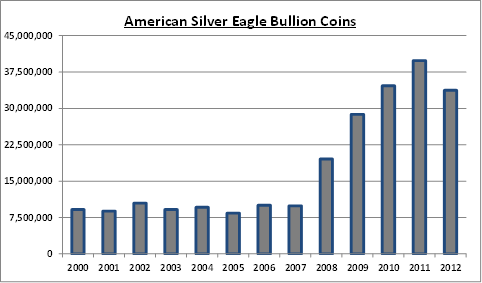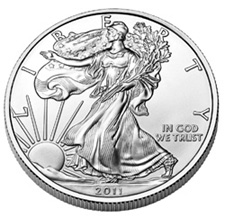 By: GE Christenson
By: GE Christenson
You bought silver with high expectations! Then it crashed while endless news reports informed you that silver would drop even further. Frustration! Misery! Despair! Depression! You have lived it all. There was no light at the end of the tunnel.
Darkness and despair covered the land of silver. There was no joy in silver-ville.
But, then from the depths of despair and ugly bearish sentiment, a rally materialized. But, not just a small rally, a HUGE RALLY – TOTALLY AWESOME! The price doubled in a few months. Then it paused, scared some of us out, and rallied even further. You heard that silver was going to $100 or maybe $200 per ounce. Analysts outdid each other with higher and higher projections. You congratulated yourself on your foresight and financial acuity by investing in silver – sheer genius – forgetting that you almost sold out for a loss at the bottom. The manic phase is great while it lasts…
Silver rallied, and you waited for even higher prices before you sold. If you were rational or just lucky, you sold out before it crashed 25% in a week. If you did not sell out, you screamed to anyone who would listen, “they crashed it,” and “I should have sold out before the crash,” and “it’s not fair.”
Silver investing felt like a bipolar roller coaster ride – manic up followed by depressing down. You began to self-medicate with alcohol and wishful thinking. You sought out others who agreed with you, told you what you wanted to hear, and…
… it goes on and on.
STOP!
I repeat. STOP with the bipolar behavior, the delusional thinking, the self-medicating, and the emotionally debilitating ups and downs. It is not good for your physical, emotional, or financial health. Just stop, hit the silver reset button, and reassess.
- Silver is heavily manipulated by the big players (JP Morgan, etc.) – what else would you expect? They are in the business to make profits, and their profit at YOUR expense is just fine with them. No need to worry about the DOJ, congress, or any regulators … for obvious reasons. So just admit it, the price is managed and manipulated, the “fix is in,” and that is exactly what we should expect. But, it is still a better investment than most paper.
- Silver has gone up, from January 1, 2000 (a good place to start) to the LOW in April 2013 about 14% per year. One more time, what is wrong with 14% per year?
- Silver rallied from under $9 in October 2008 to a high of nearly $49 on April 29, 2011. The next week it crashed to a low of about $35, briefly bounced, and then fell again to a low of about $26 in June of 2012, rallied to about $35 in October, and fell again to about $27 in early April 2013. That was a wild ride on the bipolar silver roller coaster.
- Since 1971 when Nixon severed the already tenuous link between the dollar and gold and encouraged money creation to accelerate, silver has risen, on average. about 7% per year, compounded annually, for 42 years. It will go higher because the value of paper currency is almost certain to continue its decades’ long decline.
- Central banks around the world are printing money, expanding the money supply, and doing what they can to suppress the price of gold and silver. Given the financial mess they have created, what choice do they have? So expect money printing and erratic silver rallies to continue.
For your emotional and financial sanity and physical health, get off the bipolar silver roller coaster, buy physical silver, relax, and watch the spectacle as the central banks of the world drive the value of paper currency toward zero and the value of silver to $100 or $200 or $300 per ounce. You own it for insurance and to preserve purchasing power, so there is no need to fixate on the daily or weekly price, except to buy more at bargain prices – like now.
Again: Why do we own silver?
Read:
GE Christenson
aka Deviant Investor
 Kyle Bass recently summed up the thoughts of many gold investors when he said “the largest central banks in the world, they have all moved to unlimited printing ideology. Monetary policy happens to be the only game in town. I am perplexed as to why gold is as low as it is. I don’t have a great answer for you other than you should maintain a position.”
Kyle Bass recently summed up the thoughts of many gold investors when he said “the largest central banks in the world, they have all moved to unlimited printing ideology. Monetary policy happens to be the only game in town. I am perplexed as to why gold is as low as it is. I don’t have a great answer for you other than you should maintain a position.”
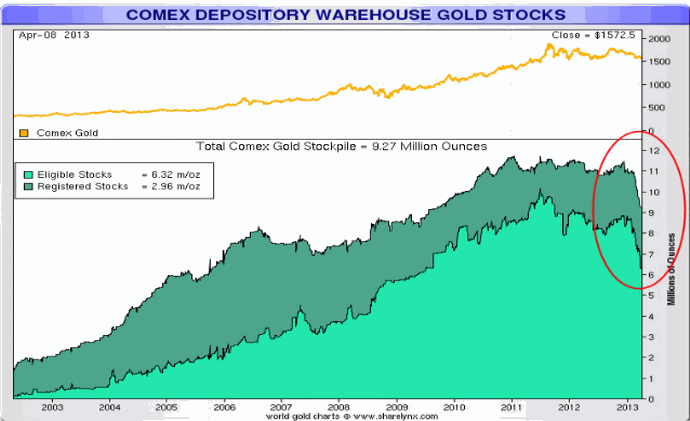
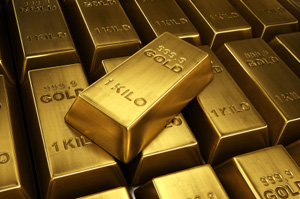
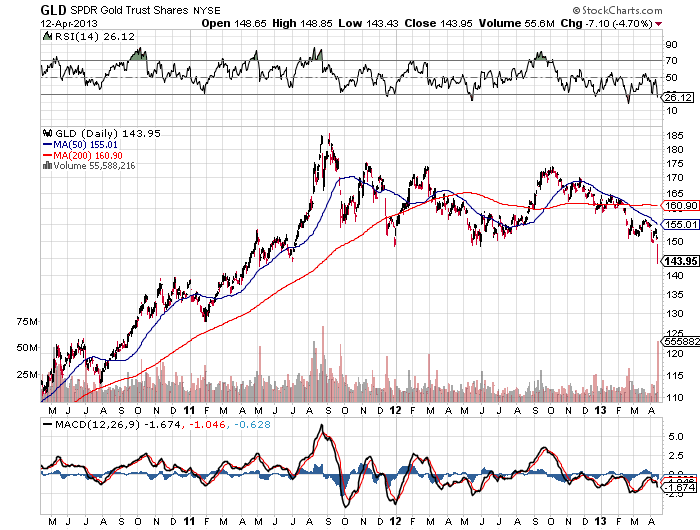
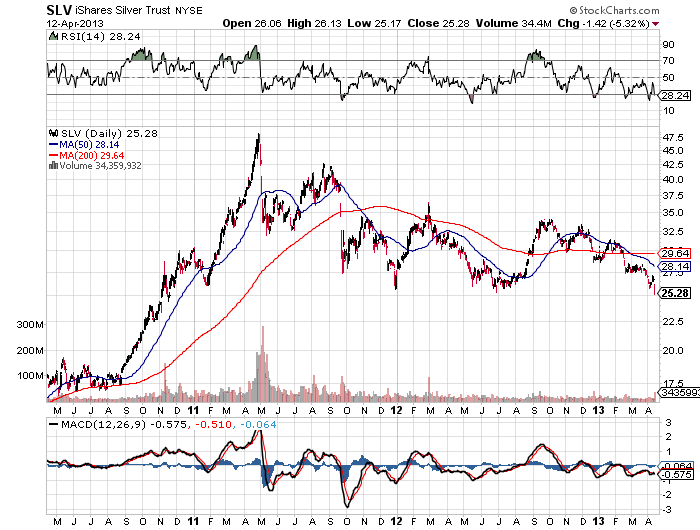
 A profound thanks to all the short term fickle speculators in gold and silver who have shifted their portfolio allocations to stocks, bank accounts and
A profound thanks to all the short term fickle speculators in gold and silver who have shifted their portfolio allocations to stocks, bank accounts and 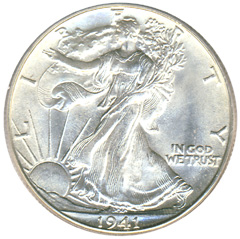 Begin the analysis in 1971 when Nixon dropped the link between the dollar and gold. A pack of Marlboros cost (depending on local taxes) about $0.39. We paid about $0.36 for a gallon of gasoline. The DOW Index was about 850. Silver was priced at about $1.39.
Begin the analysis in 1971 when Nixon dropped the link between the dollar and gold. A pack of Marlboros cost (depending on local taxes) about $0.39. We paid about $0.36 for a gallon of gasoline. The DOW Index was about 850. Silver was priced at about $1.39.


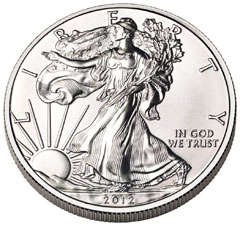 Prior to the financial crisis, sales of the one ounce American silver eagles averaged about 10 million coins per year. The near collapse of the financial system in 2008 raised profound questions about the integrity of the financial system and the rush to precious metals was on. Since 2008, annual sales of the American Eagle silver bullion coins have soared with average annual sales of over 31 million coins.
Prior to the financial crisis, sales of the one ounce American silver eagles averaged about 10 million coins per year. The near collapse of the financial system in 2008 raised profound questions about the integrity of the financial system and the rush to precious metals was on. Since 2008, annual sales of the American Eagle silver bullion coins have soared with average annual sales of over 31 million coins.
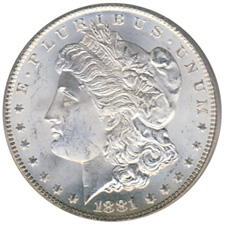 By: Mike McGill of
By: Mike McGill of 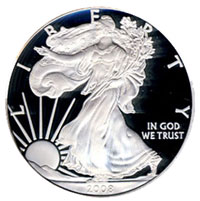 Sales of both the American Eagle gold and silver bullion coins soared in February compared to the previous year.
Sales of both the American Eagle gold and silver bullion coins soared in February compared to the previous year.